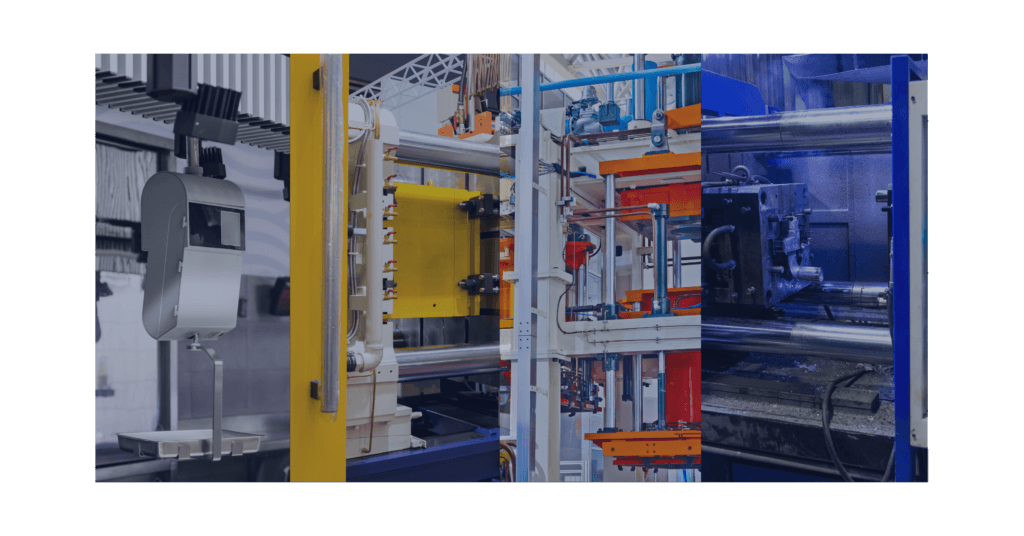Die castings are an excellent choice for industrial and engineering components for various products, including cars, washing machines, and even medical equipment. When looking for a die casting supplier, there are multiple factors to consider. Selecting a single supplier offering only one service type might not provide the best solution for your business. Instead, working with a team that offers solutions to complex manufacturing issues in multiple industries and fields is more likely to meet your needs.
What Is The Die Casting Cost?
The cost of die casting can vary depending on several factors, including the size and complexity of the part being produced, the material being used, and the quantity being produced.
In general, die casting tends to be more expensive than other casting methods, such as sand casting, due to the high cost of the equipment and the precision required in the process. However, die casting can also be more cost-effective for producing high volumes of complex parts, as it offers high production speeds, good dimensional accuracy, and a surface finish.
To determine the cost of die casting, manufacturers typically provide a quote based on the project’s specific requirements, including the size and complexity of the part, the material being used, and the quantity being produced. It is essential to provide as much detail as possible to the manufacturer to ensure they can give an accurate quote.
It is also worth noting that there may be additional costs associated with die castings, such as tooling costs, machining costs, and finishing costs. These should be considered when evaluating the project’s overall cost.
Are Die Casting Methods Better Than CNC?
Die casting, and CNC (Computer Numerical Control) are two manufacturing processes used to produce parts and components. Both methods have their advantages and disadvantages.
One of the main advantages of die casting is its high production speed and ability to produce large quantities of parts quickly and accurately. Die casting often has high volumes of elements, such as automotive components and consumer products.
On the other hand, CNC machining is a flexible manufacturing process that can produce a wide range of parts, including simple and complex shapes. It is typically more expensive than die casting for making high volumes of parts. Still, it can be more cost-effective for producing low volumes of parts, especially if the parts are simple or have a low level of complexity. CNC machining is often used to create custom or one-off parts, prototypes, and small production runs.
Ultimately, the choice between die casting and CNC machining will depend on the project’s specific requirements, including the part’s size and complexity, the material being used, and the quantity being produced. It is essential to carefully consider these factors when evaluating the suitability of different manufacturing methods.








Types of Die Casting
There are several types of die casting, including:
- Squeeze Die Casting
In this method, the molten metal is injected into the die using a hydraulic ram, which pushes the metal into the die under high pressure. Squeeze die casting is used to produce high-strength, high-quality parts.
- Semi-solid Die Casting (Thixoforming)
In this method, the molten metal is partially solidified before being injected into the die, creating a semi-solid slurry. Aluminum and magnesium alloys are commonly used in this process.
- Cold Chamber Die Casting
Cold chamber molds are designed to be corrosion-resistant rather than efficient. Molten metal is automatically or manually poured into a feeder; this eliminates the need for an injection mechanism to be dipped in a pool of molten metal. Cold chamber molds are used with high melting point metals such as aluminum and aluminum alloys.
- Vacuum Die Casting
In this method, a vacuum is applied to the die before the molten metal is injected, which helps to eliminate any air pockets and produce a high-quality surface finish. Vacuum die casting is often used for creating thin-wall parts.
- Low-Pressure Die Casting
This method injects molten metal into the die under low pressure, typically around 20-100kPa. Low-pressure die casting produces parts with a high level of detail and a smooth surface finish.
- Hot Chamber Die Casting (Gooseneck Casting)
Molten metal is pulled into the mold cavity of a hot chamber machine using a metal feed system. This process can produce parts at higher rates than with cold chamber machines. Hot chamber machines create a lead, magnesium, zinc, and copper products.
Each type of die casting has its advantages and disadvantages, and the best method will depend on the project’s needs.






Which is The Cheapest Metal For Die Cast?
Among the common metals used in die casting, aluminum is generally the most cost-effective option. Aluminum is a lightweight and strong metal that is easy to cast and has good dimensional accuracy and surface finish. It is also corrosion-resistant and can be recycled indefinitely, making it a sustainable choice. Overall, these features make aluminum a popular and cost-effective choice for die casting.
Other metals commonly used in die casting include zinc, magnesium, and brass. These metals may be more expensive than aluminum due to their higher melting temperatures and the more complex casting process required.


Die casting is a process in which molten metal is injected into a mold, and as it cools and solidifies, it takes on the shape of the mold. This process is often used for mass-producing metal parts for various industries, including automotive, aerospace, military, and more. So, if you need a die casting supplier, you’ll want to find one that can meet your specific needs while delivering high-quality results. Luckily, several reputable die casting companies in the United States have proven track records.
One such company is Zetwerk. We are recognized leaders in custom metal and prototyping. Our team of experts has years of experience and is always up-to-date on the latest die casting technologies and processes.







